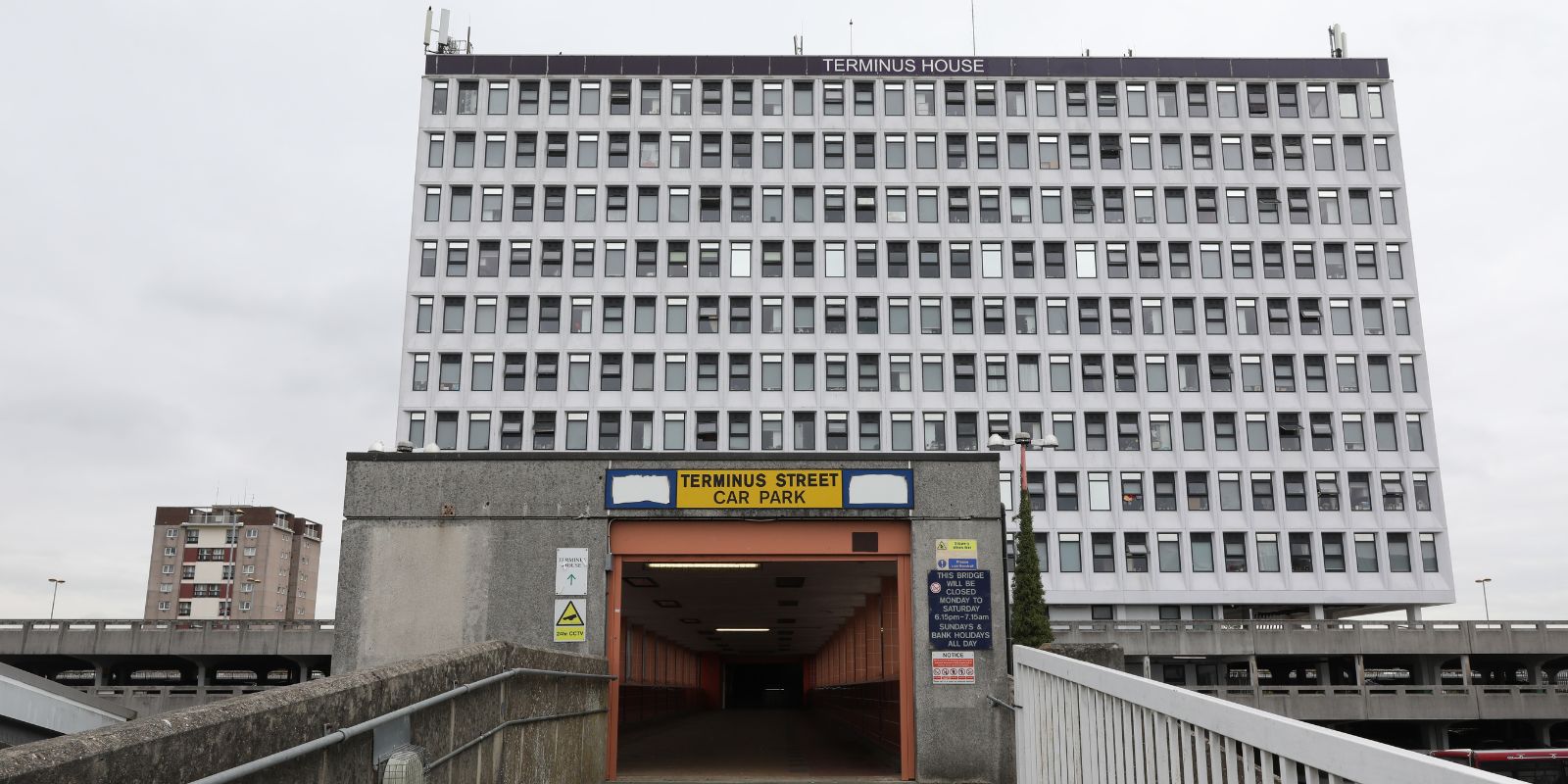When campaigning for strengthened housing standards, it can be challenging to find the right angle to take when talking to those who are removed from the realities of daily life in poor-quality homes. This is why, as a part of our Healthy Homes campaign, the TCPA has focused on those who are most affected. We commissioned photographer Rob Clayton to capture some of the realities of ‘homes’ created through Permitted Development Rights (PDR), as so many lack adequate space, security and fire safety, proper ventilation, natural light, access to green space and amenities. Our project title These are Homes was inspired by this shocking reality. Our goal is to draw attention to the dreadful conditions that numerous PDR residents face that impact their health and wellbeing.
PDR allows for former office blocks and buildings on isolated industrial estates to be converted to residential properties. These conversions do not require planning permission, therefore typical housing and neighbourhood planning requirements are not enforced. Communities are left unprepared and under-resourced for the influx of residents these conversions bring, often leaving fundamental services, such as schools and GP surgeries ill-equipped for the sudden increase in demand.
To the untrained eye, it is not evident that these buildings are now being used for residential purposes. Some blocks can contain hundreds of flats and many are of substandard quality. A resident of Terminus House in Harlow described the flats as ‘prisons without bars’ and explained how her health had been affected by the cigarette fumes from her neighbour that have entered her flat through the light fixtures. In Croydon, a former resident of Delta Point described his flat as ‘dilapidated’ and expressed his relief that he was able to move out. Similar experiences have been raised by people elsewhere in England about PDR sites throughout the nation.
When visiting these PDR hotspots, the extent to which many of the buildings have been shaped by a lack of planning and development control is striking. Many of the buildings are situated along busy roads, have no access to outdoor green space and minimal levels of natural light. Some even had broken doors, overfilled rubbish bins and abandoned mattresses at the buildings’ entrances, and poor fire safety measures were evident. Inside these buildings, the flats are often small and lack the basic provisions outlined in the TCPA’s Healthy Homes principles. We face the risk of creating dysfunctional neighbourhoods that are shaped by these poor-quality conversions, despite the insurmountable evidence that our health is so dependent on the quality of our homes.
Through this photobook, we aim to shed light on the lived experiences of these residents, as so many have no choice but to reside in substandard homes that are jeopardising their health and wellbeing. As Lord Nigel Crisp, a crossbench peer and sponsor of the Healthy Homes Bill, explains – “the principle that housing should support people’s health and wellbeing is a simple one – but we risk losing sight of it.” We truly are creating the ‘slums of the future’.
The These are Homes photobook is part of TCPA’s Healthy Homes campaign and Healthy Homes principles, currently being proposed as amendments to the Levelling Up and Regeneration Bill in the UK parliament. Through the campaign we are seeking to create strong regulatory principles that all new developments must deliver to create healthy homes and neighbourhoods for everyone.
Further information about PDR is available here: Permitted Development Rights




